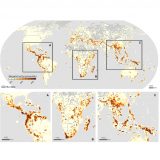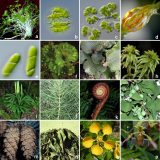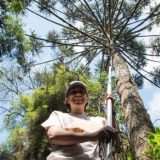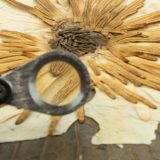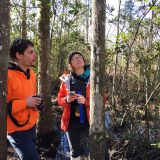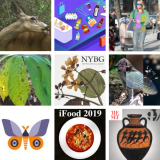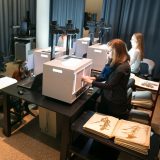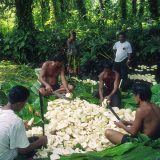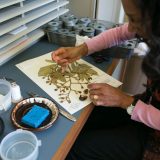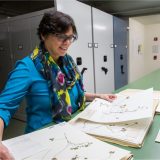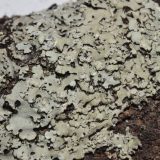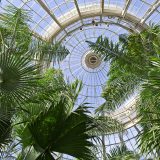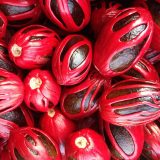In recent years, Fine-Grained Visual Recognition Competitions (FGVCs) have spurred progress in the development of image classification models focused on detection of fine-grained visual details in both natural and man-made objects. This year, Google is delighted to announce a new partnership with The New York Botanical Garden for the Herbarium challenge.
In the Herbarium challenge, researchers are invited to tackle the problem of classifying species from the flowering plant family Melastomataceae. This challenge is distinguished from the iNaturalist competition, since the included images depict dried specimens preserved on herbarium sheets, exclusively. Herbarium sheets are essential to plant science, as they not only preserve the key details of the plants for identification and DNA analysis, but also provide a rare perspective into plant ecology in a historical context. As the world’s second largest herbarium, NYBG’s William and Lynda Steere Herbarium contributed a dataset of over 46,000 specimens for this year’s challenge.
This year there will be a wide variety of competition topics, each highlighting unique challenges of fine-grained visual categorization, including an updated iNaturalist challenge, fashion & products, wildlife camera traps, food, butterflies & moths, fashion design, cassava leaf disease, the iMet Collection challenge, and the Herbarium challenge.
GOOGLE AI BLOG

